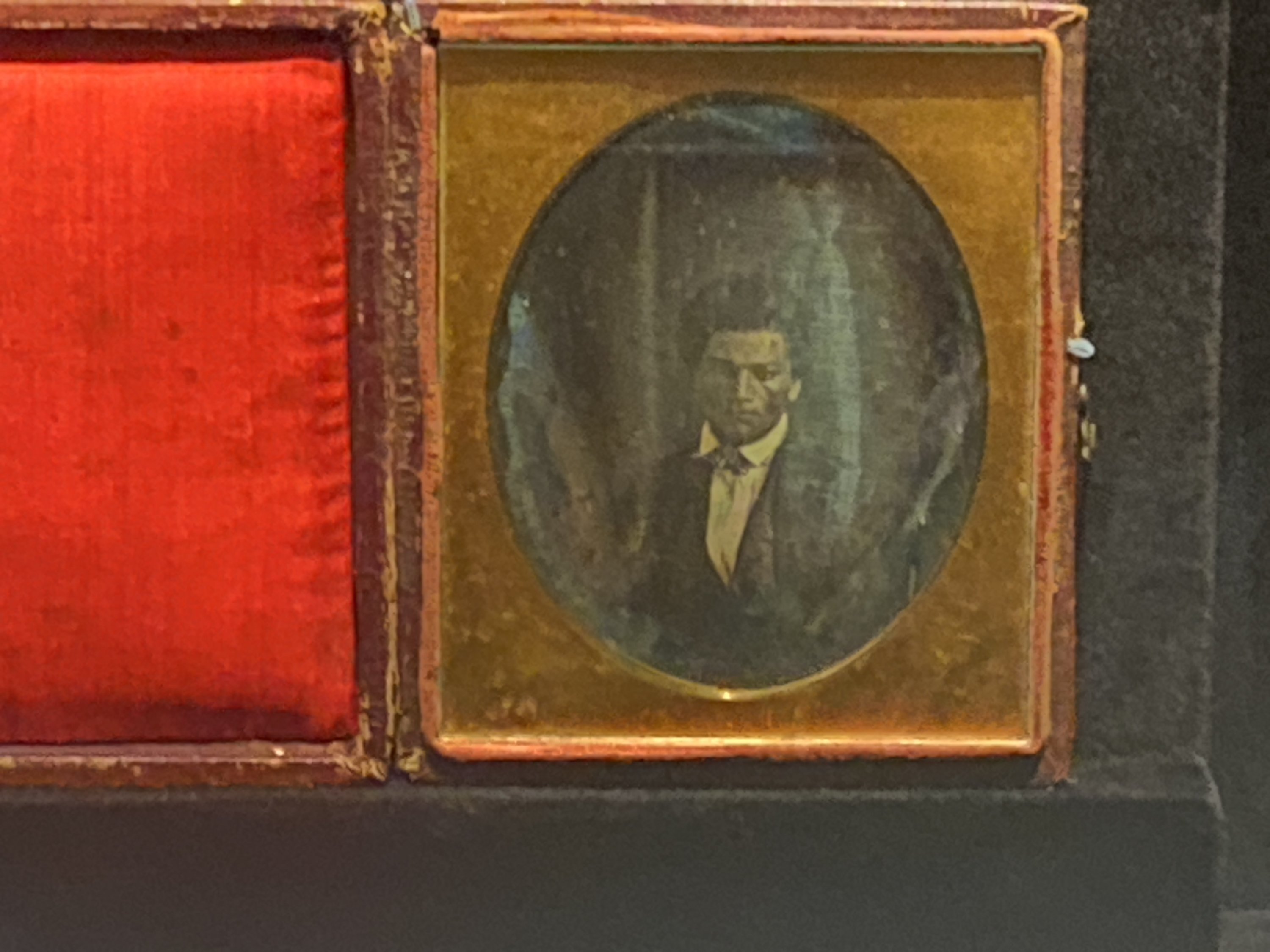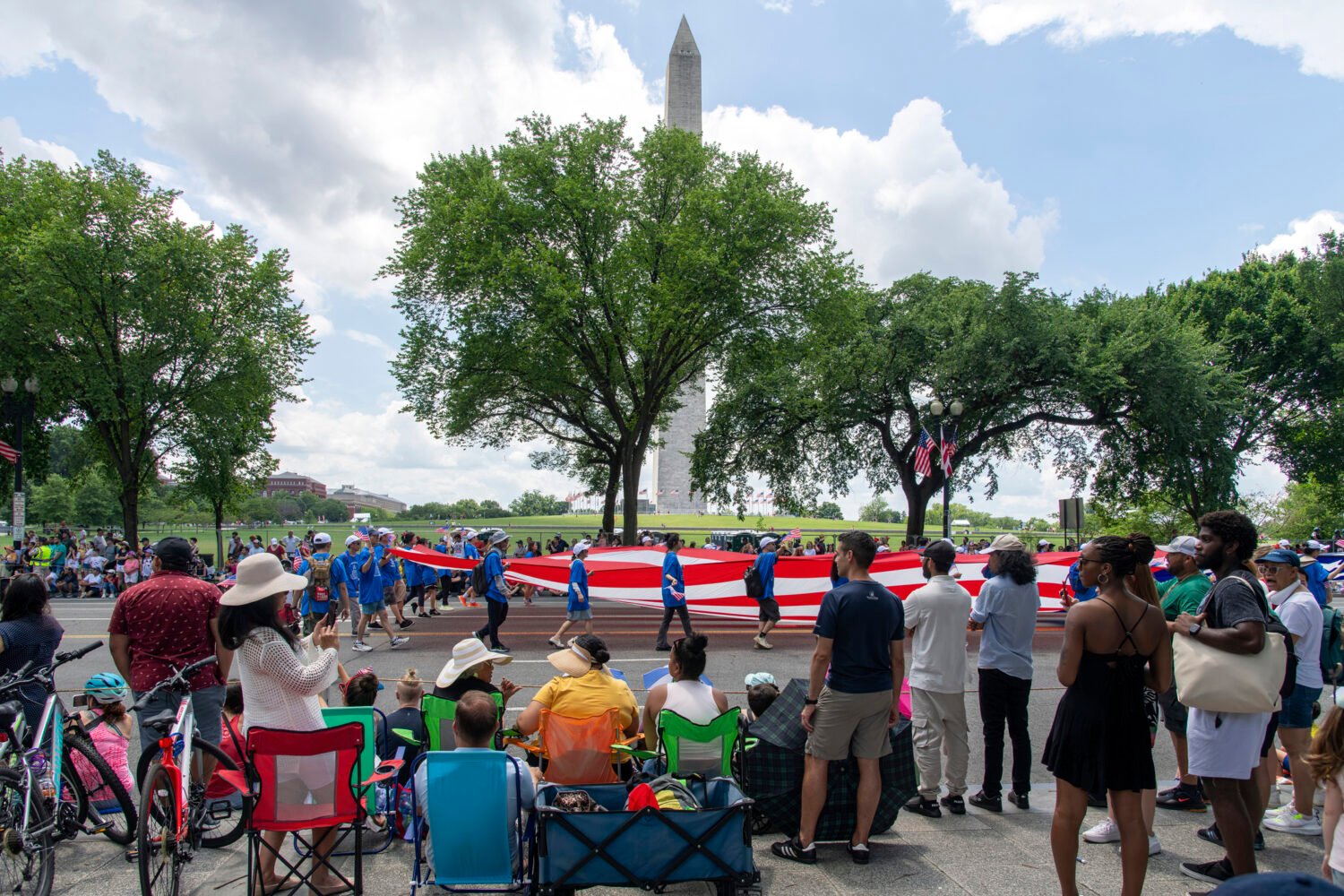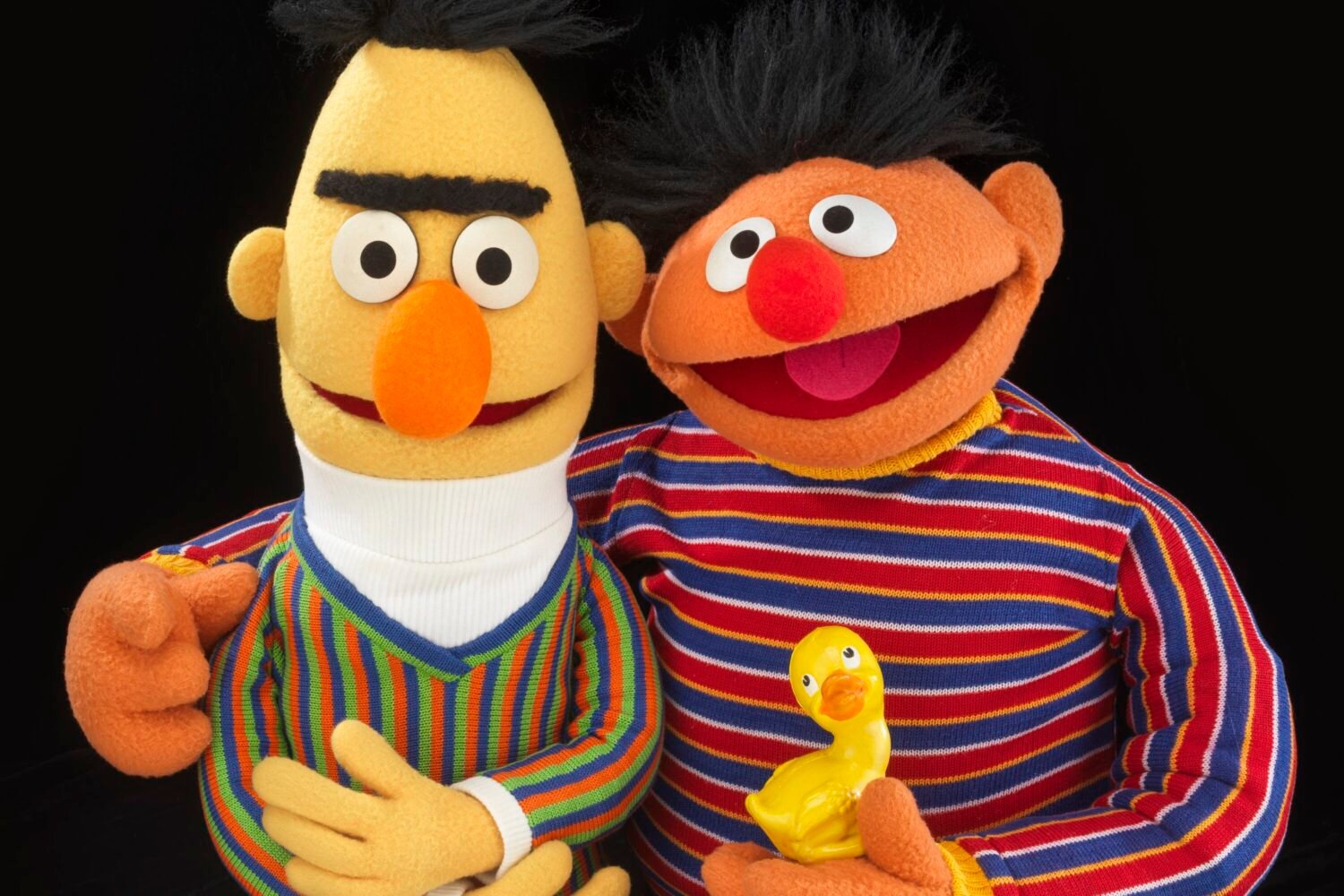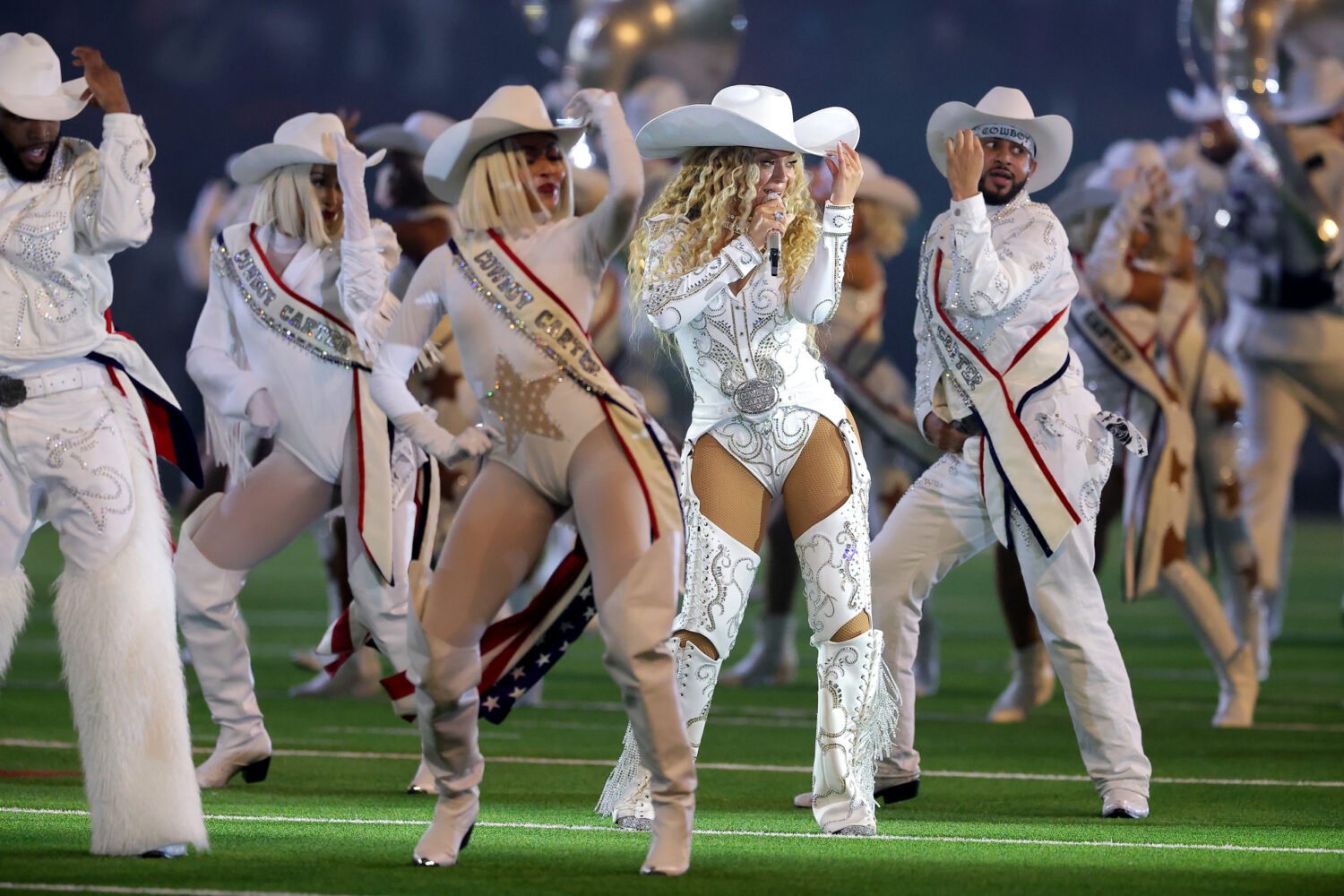“One Life: Frederick Douglass” at Smithsonian’s National Portrait Gallery offers an image-based timeline of the orator and statesman’s life and work from his days of enslavement up until his postwar activities and beyond.
The show, which opened the weekend of Juneteenth, centers on Douglass’s obsession with photography. Often called the most photographed American of the 19th century, Douglass had an acute understanding of the power that photography had in the struggle for African American equality. He simultaneously recognized the widespread familiarity that images bred, and the fact that images—particularly portraits—were the most authentic way for him to be seen.
That understanding is a huge part of why there are so many more photos of Douglass. He had a healthy skepticism of “the hand of the white artist,” which he thought might distort his features or misinterpret him in paintings or drawings. Douglass often frequented the numerous studios of Black photographers instead.
Douglass “had faith in the ‘truth value,’ as well as the beauty, of photography,” says John Stauffer, a professor of history at Harvard University and author of Picturing Frederick Douglass who guest-curated the exhibition. “He was one of the first to recognize the politics of aesthetics, that art can be a very powerful engine of change…for Douglass, there’s a greater likelihood that someone can be converted into an activist through images at least as much, if not more, than through words.”
The first section, “Enslavement & Escape,” focuses on Douglass’ period of enslavement from his recorded birth in 1818 until he fled to New York in 1838 with the help of his future wife Anna Murray Douglass, a free Black woman from Caroline County, Maryland. The section contains a classic photograph of Murray, a print of the famous “Fugitive’s Song” sheet music cover dedicated to Douglass, and the faded paper ledger of his first owner Aaron Anthony, who recorded Douglass’s birth to Harriet Bailey in 1818.

Next, the “Circle of Activists” highlights Douglass’ enthusiastic collaboration with the women’s suffrage movement. Douglass, the only African American present at the seminal Seneca Falls Convention in 1848, was a friend and ally to campaigners like Elizabeth Cady Stanton and Susan B. Anthony, who were among the founders of the American Equal Rights Association in 1866. This section holds a portrait of seven notable 19th-century suffragists, as well as a famous photo of activist Sojourner Truth.
There’s also a daguerreotype gallery, a small collection of some of the earliest forms of photographs. Each image is around the size of an index card and slightly obscured by an eerie haze. The stark stare of a young Frederick Douglass, his afro in all its glory, can be viewed alongside daguerreotypes of abolitionists John Brown, William Lloyd Garrison, and Gerrit Smith. Another section, “Douglass and Brown,” includes more photos of Brown and Douglass, and more information on their relationship, which, according to Stauffer, was in a sense optically easier at the time because it preceded the bogus science like phrenology that helped inspire brutal Jim Crow laws.

The Civil War section centers Douglass’ friendship with President Lincoln. The first African American to meet and advise a US President, Douglass often had Lincoln’s ear during the Civil War. When the war began, Douglass implored Lincoln to arm every Black person enslaved in the South, citing their knowledge of the terrain and desire for freedom, but to no avail. The section holds a letter from Douglass to Lincoln regarding reelection strategies, and a massive painting, The Result of the Fifteenth Amendment, which depicts African Americans marching parading through Baltimore in celebration of Black men receiving the constitutional right to vote.
The “Post War” section is a bit more personal, focusing on Douglass’ travels as an orator, his somewhat controversial marriage to his second wife, white abolitionist Helen Pitts Douglass, and his time as a resident of Washington, DC.
Douglass moved to DC, Stauffer says, because it was a Black metropolis in ways that other cities in which he lived, including Boston and Rochester, New York, were not. “Douglass knew there were a large number of African Americans, he wanted to be a part of an African American community, and he knew he could have an influence with African Americans because they listened to him more than whites did.”
The exhibit concludes with the “Afterlife” section, an homage to other African American activists who either knew Douglass personally or were particularly inspired by his activism. There are portraits of Ida B. Wells, W.E.B Du Bois, Booker T. Washington, and Langston Hughes, all of whom share Douglass’ legacy.

Stauffer believes that the public still has much more to learn regarding Douglass. “In my view, he was as important as someone like Lincoln. And I say that because far more people heard Douglass speak, read Douglass, than they did any other figure, with the possible exception of Mark Twain, who was a whole different generation. Just in terms of his fame and popularity, Douglass was like the LeBron James of his day,” he says. Douglass’s significance “is in a combination of the popularity, the accuracy and detail of a photograph. Our aim is to highlight the long arc of that extraordinary life.”
“One Life: Frederick Douglass” is open now until April 21, 2024. Learn more here
















